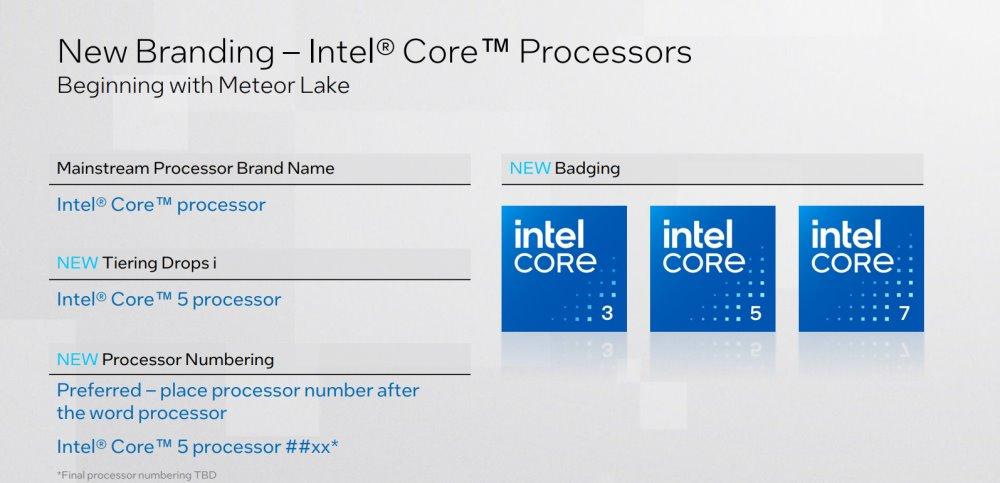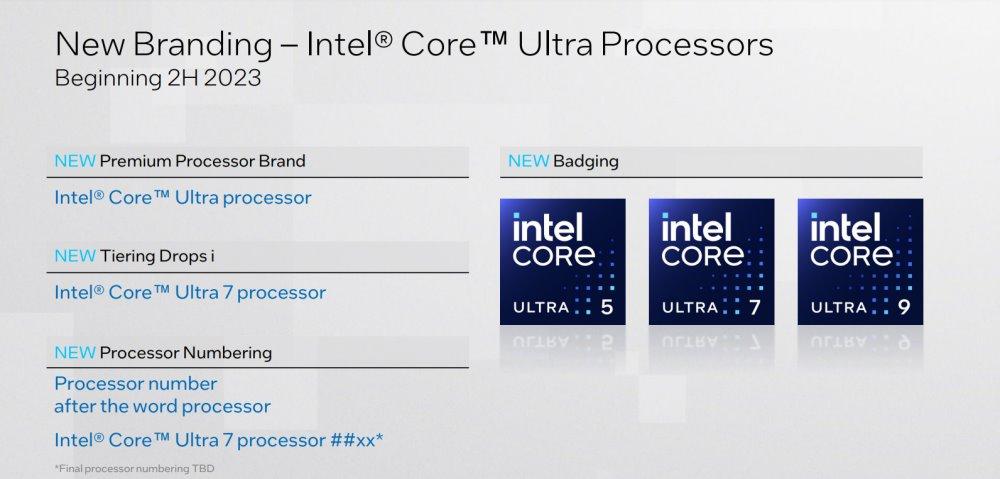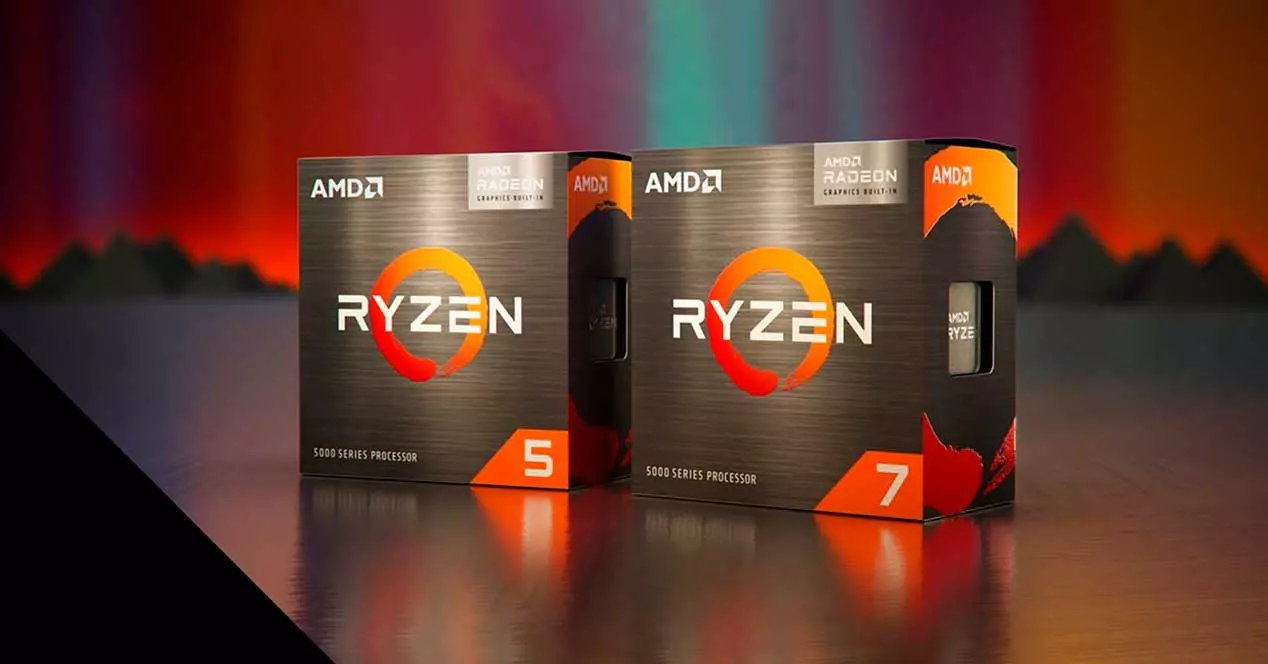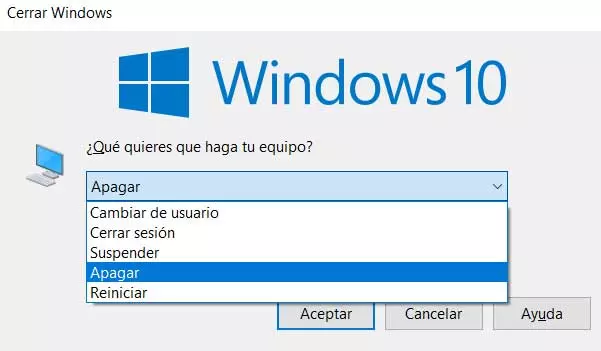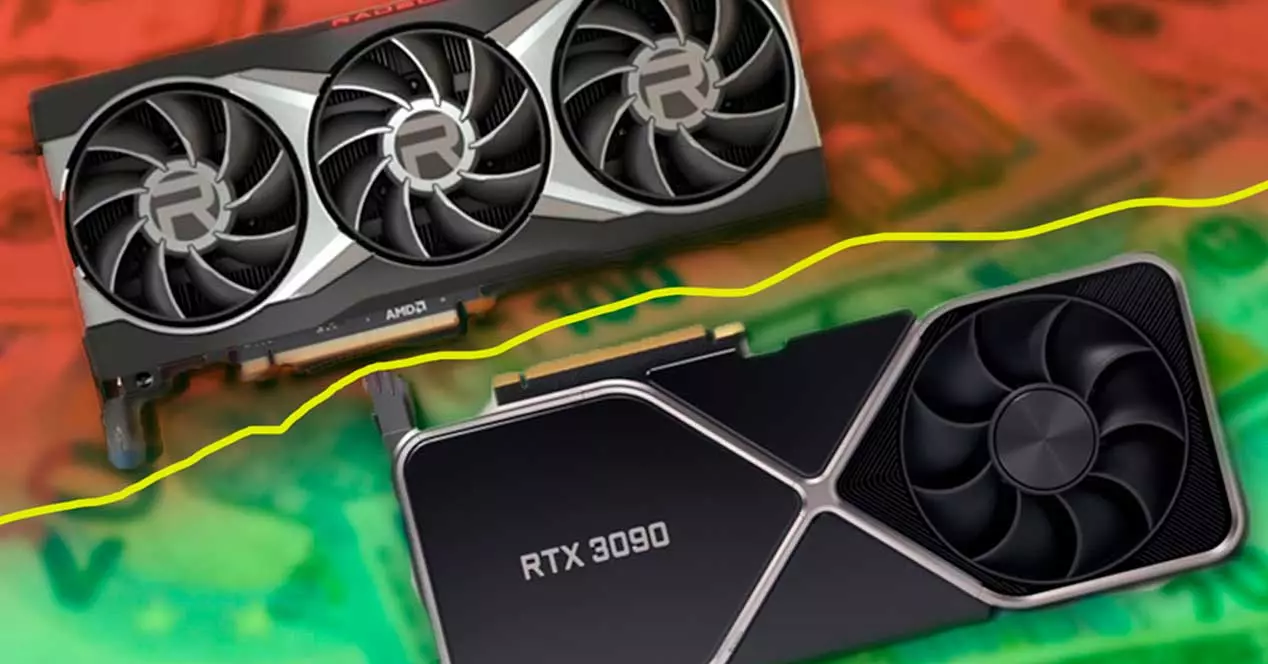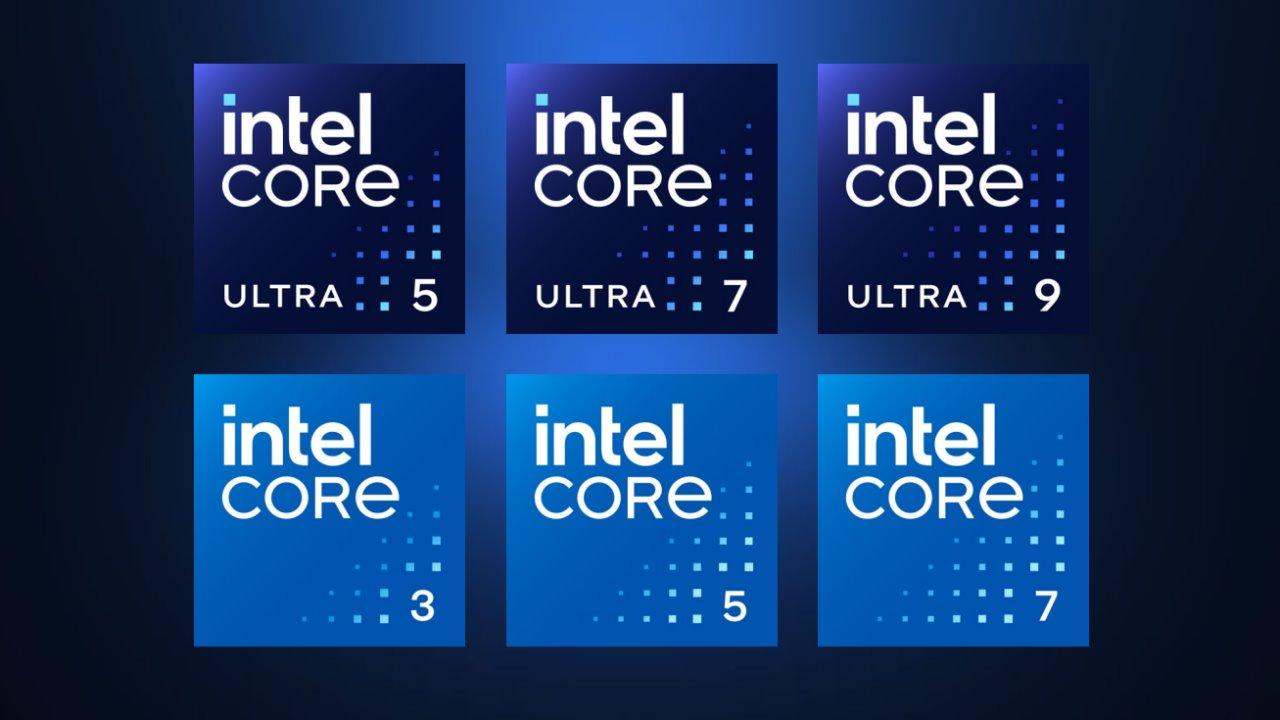
We have to go back to December 2021, when Intel launches the first 12th Generation Core processors. These processors leave behind their structure of equal cores to introduce a new system. The new processors became hybrid, including efficiency and power cores.
This design is not new, ARM has been designing and producing processors of this type for smartphones for years. Although it is not new, it is the first time that it has been introduced in desktop processors. We must say that it is not as simple as “copying” the design, since ARM and Intel processors are based on very different instructions.
Name change in Intel processors
A few months ago this change was already glimpsed in a leak, which is now confirmed. Intel ends with the current name Core and introduces a new catalog for its processors. Specifically, this new nomenclature will arrive in the next 14th Generation Meteor Lake processors.
Saying nomenclature change It has already started, the first step being to eliminate the families Pentium and Celeron. Now, these processors go to be called Intel N and Core 3-Nxxx, and are energy efficient solutions for Mini PCs, laptops and tablets.
The company has just announced the disappearance of the Intel Core range as we know it. Now this family of processors It is divided in two: Intel Core and Intel Core Ultra. In addition, the letter “i” is removed from the name, ceasing to be called, for example, Core i3.
Since the advent of Meteor Lake processors, The Core i3, i5, i7 and i9 will cease to exist. We will have on one hand Core 3, Core 5 and Core 7 for laptops and personal computer systems high efficiency. Then we will have the Core Ultra 5, Core Ultra 7 and Core Ultra 9, processors also for high-performance laptops and desktops with overclocking ability.
All these changes do not affect the design of the processors, they are only commercial changes. It seems evident that this small change is intended to compete with AMD Ryzen.
We will also see other small changes
A few years ago Intel launched the program Evo certification. This program establishes a series of requirements that all laptops that want to receive this label must meet. Intel processors, high-performance SSD drives, Thunderbolt connectivity or great autonomy, among other aspects.
Now, this denomination is changed, becoming denominated Intel Evo Edition platform. What is sought is to make it easier for users to identify laptops verified and certified by the company.
Labels are also introduced Intel vPro Enterprise and vPro Essential for professional business computers. This range of processors is characterized by having additional security elements to those present in their chips.
As we can see, they are a set of commercial changes that will not affect your products and their quality. Furthermore, a brand reorganization to make it easier for the user to purchase the solution that best suits their needs.
